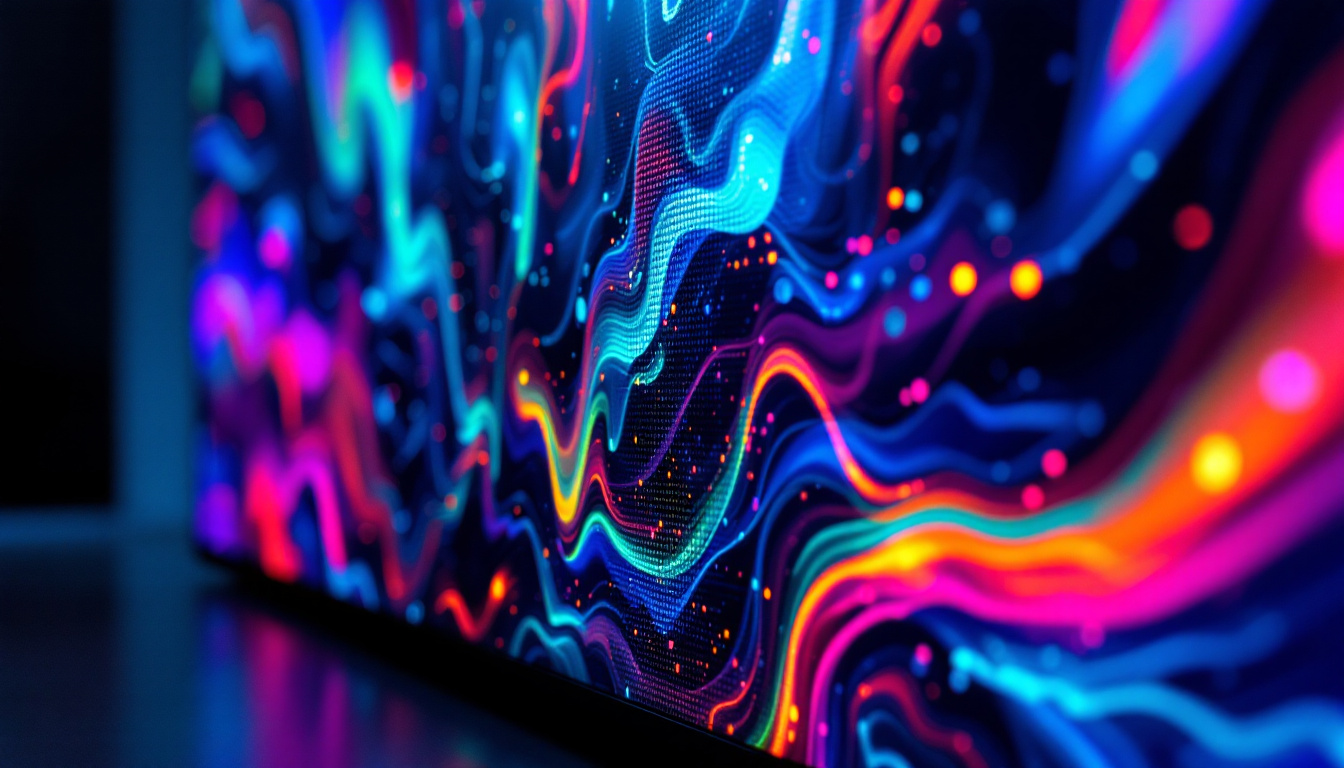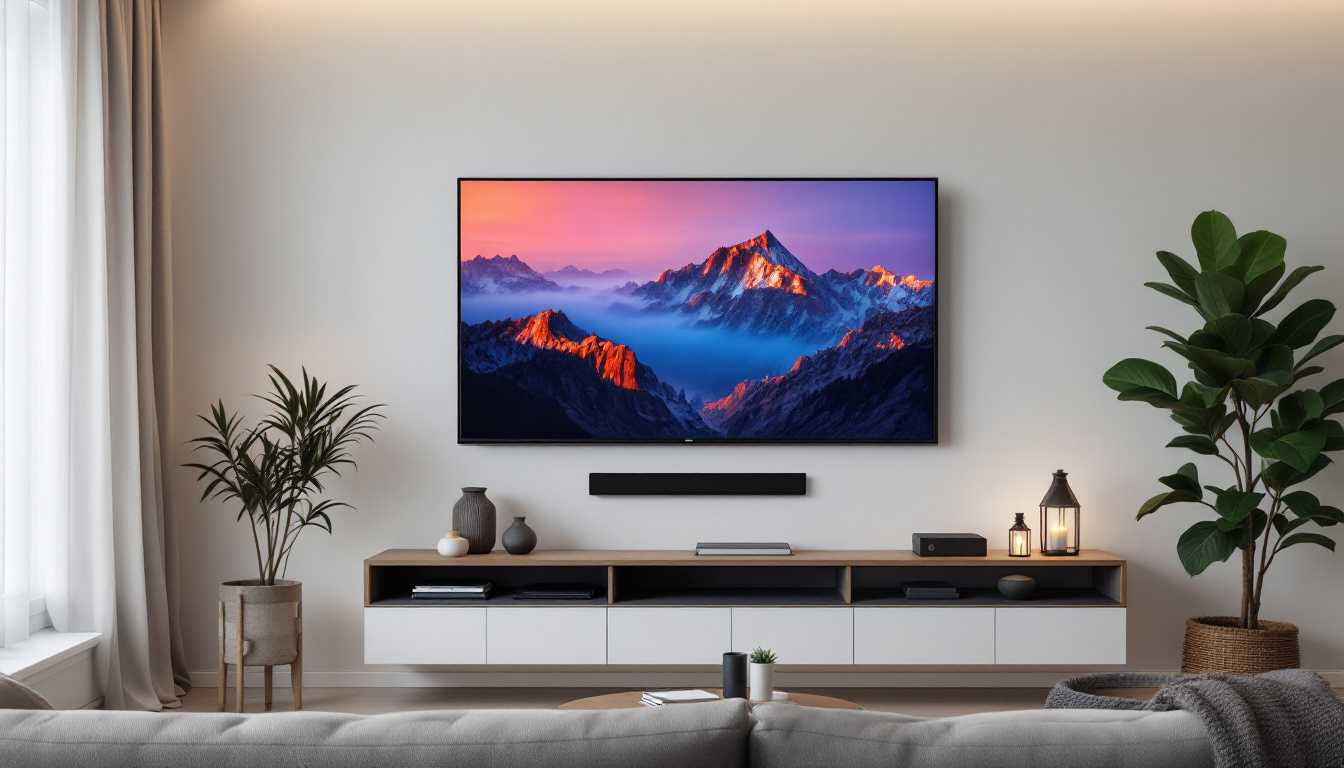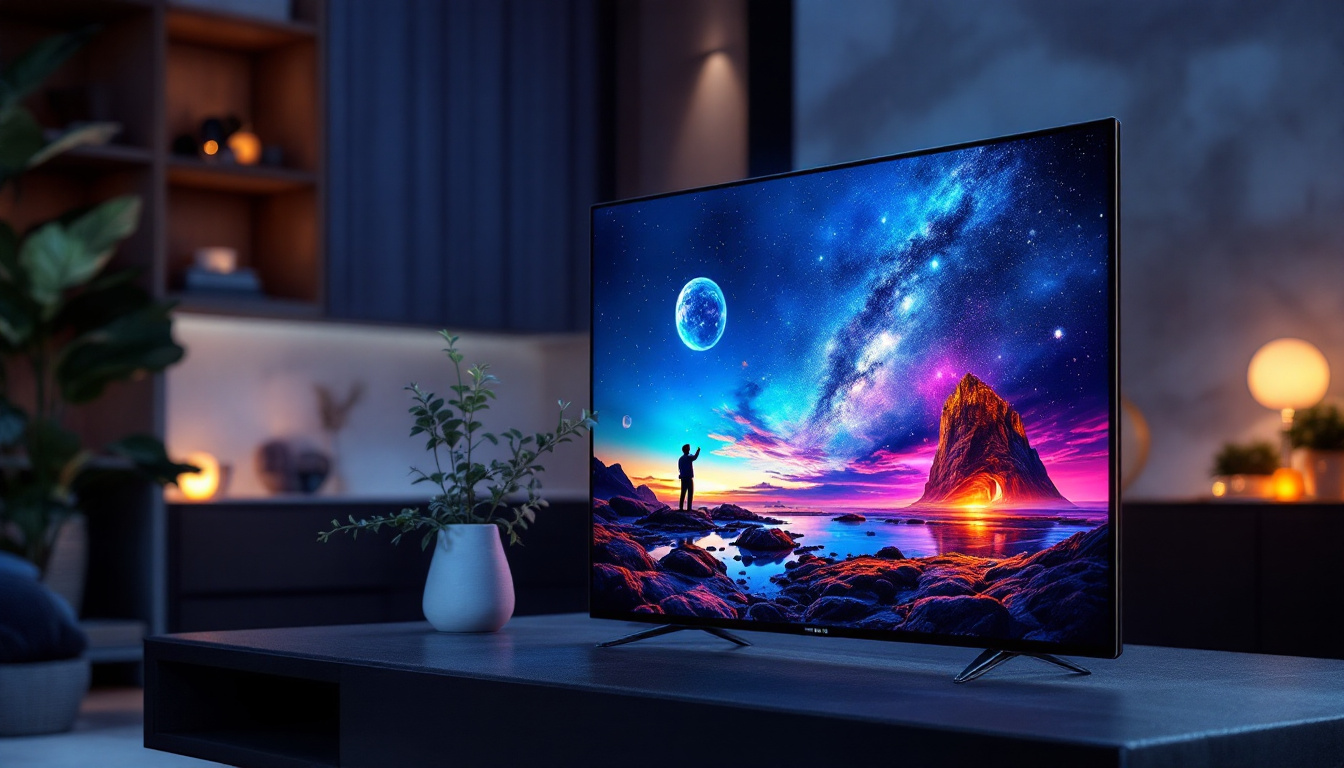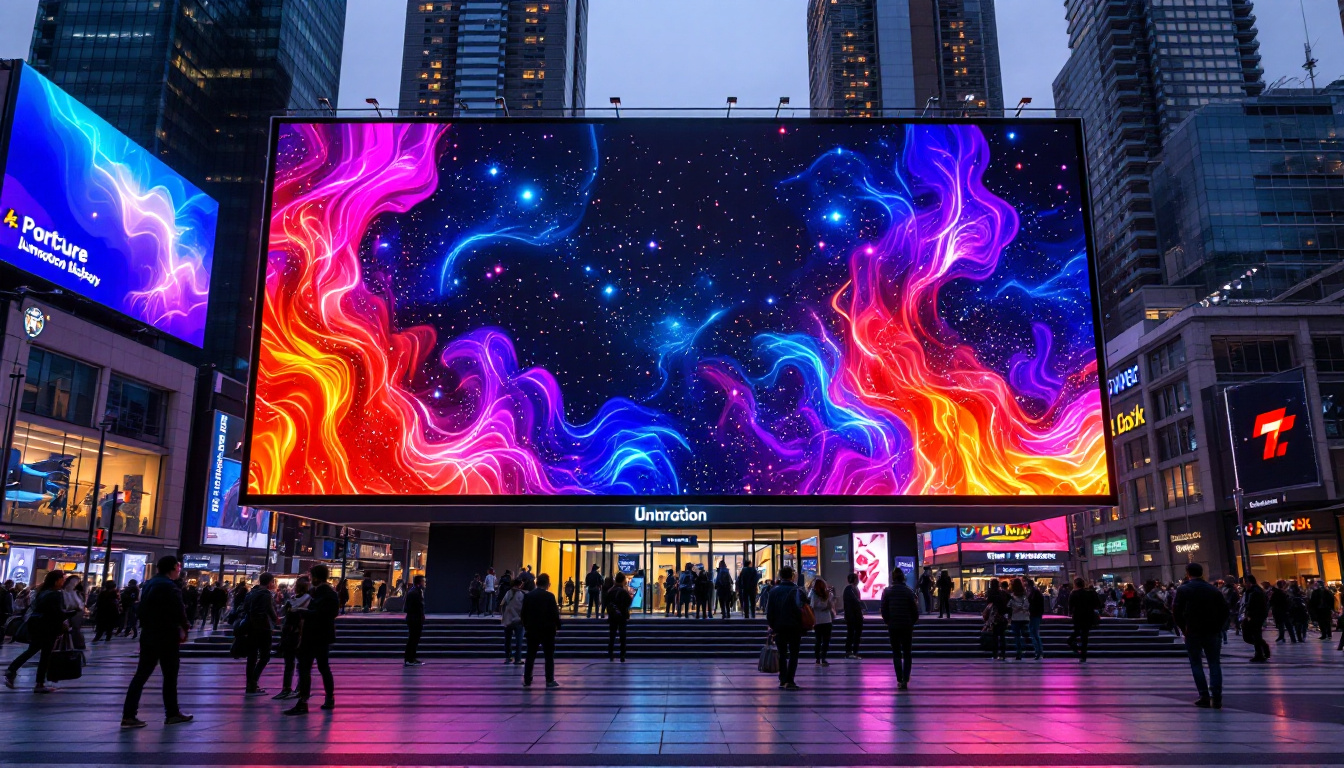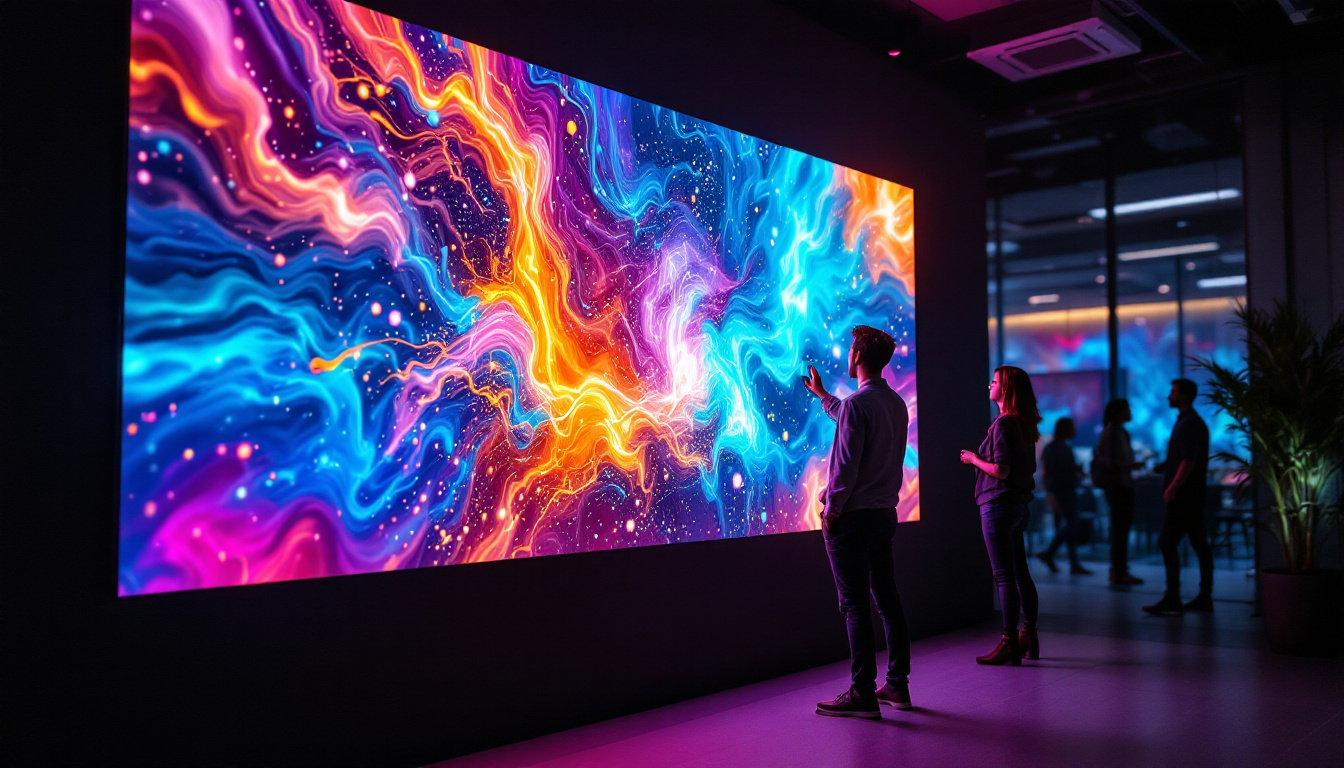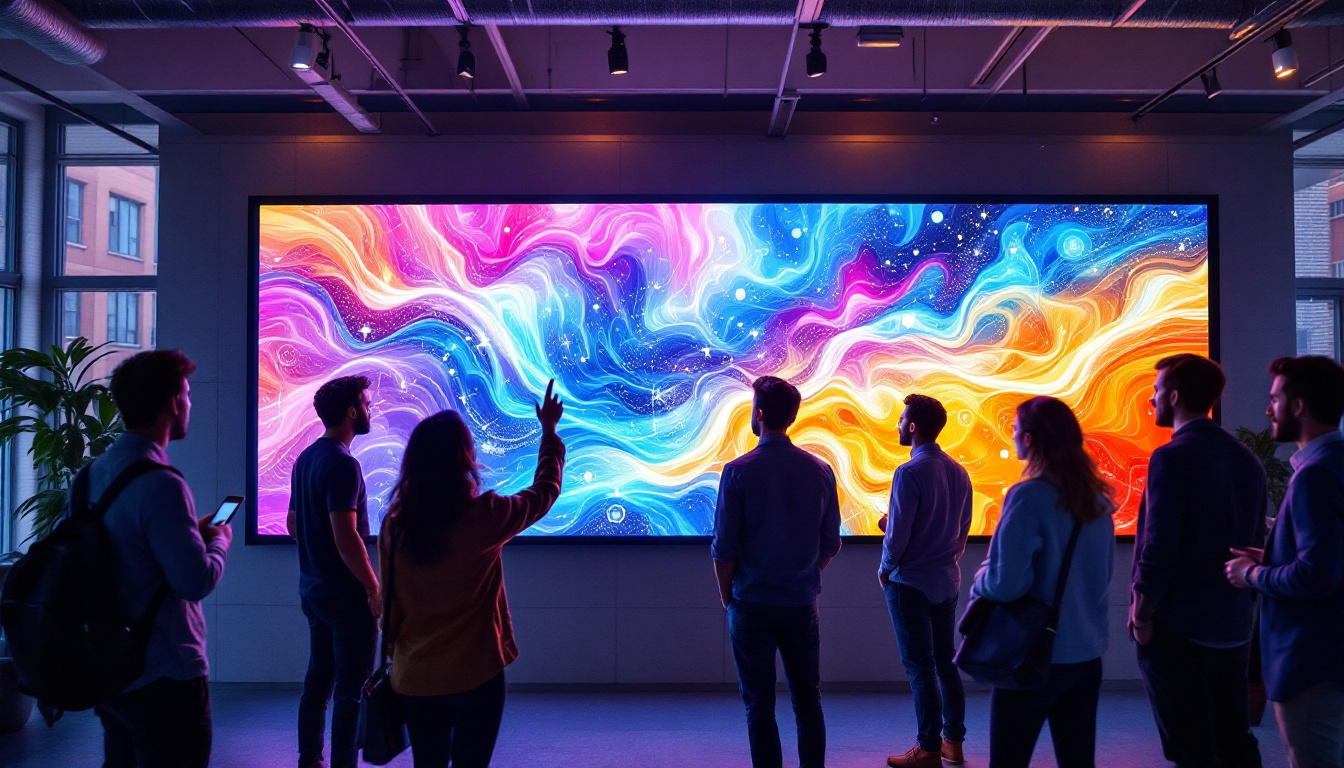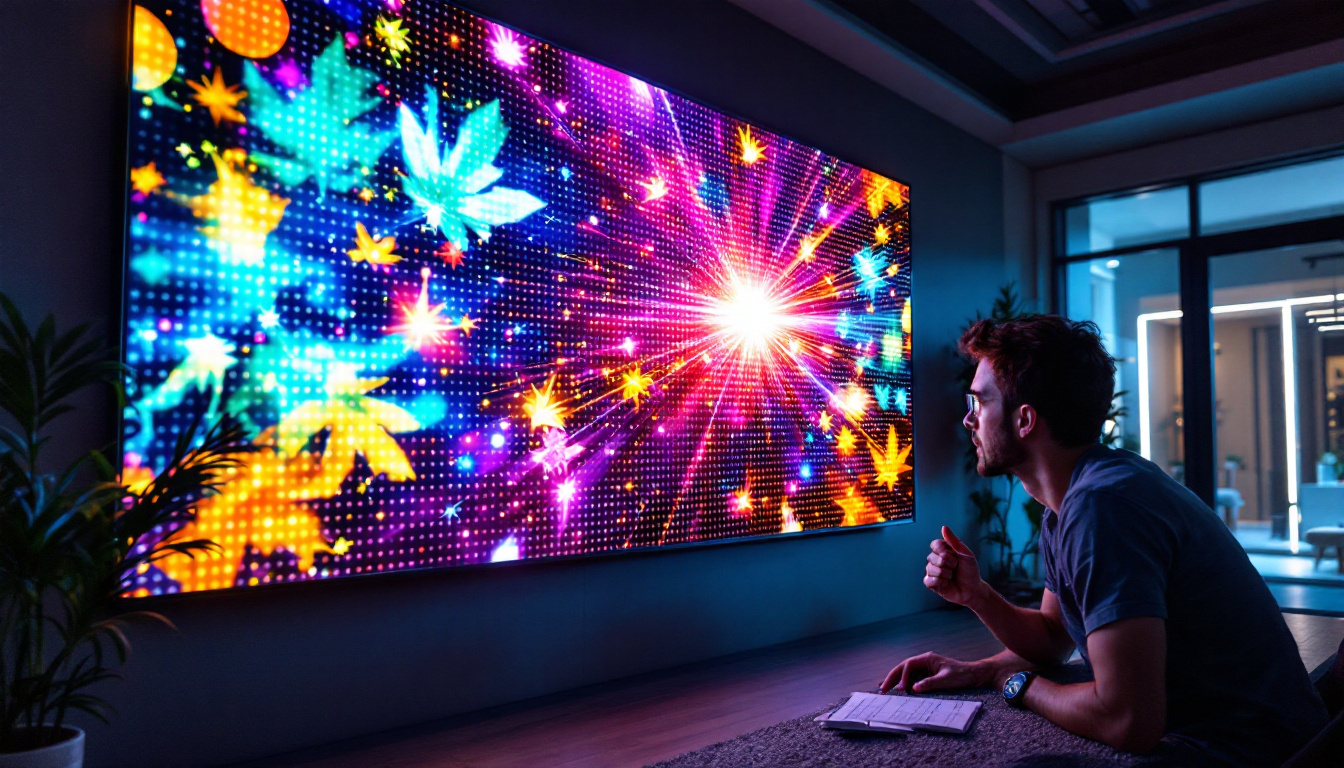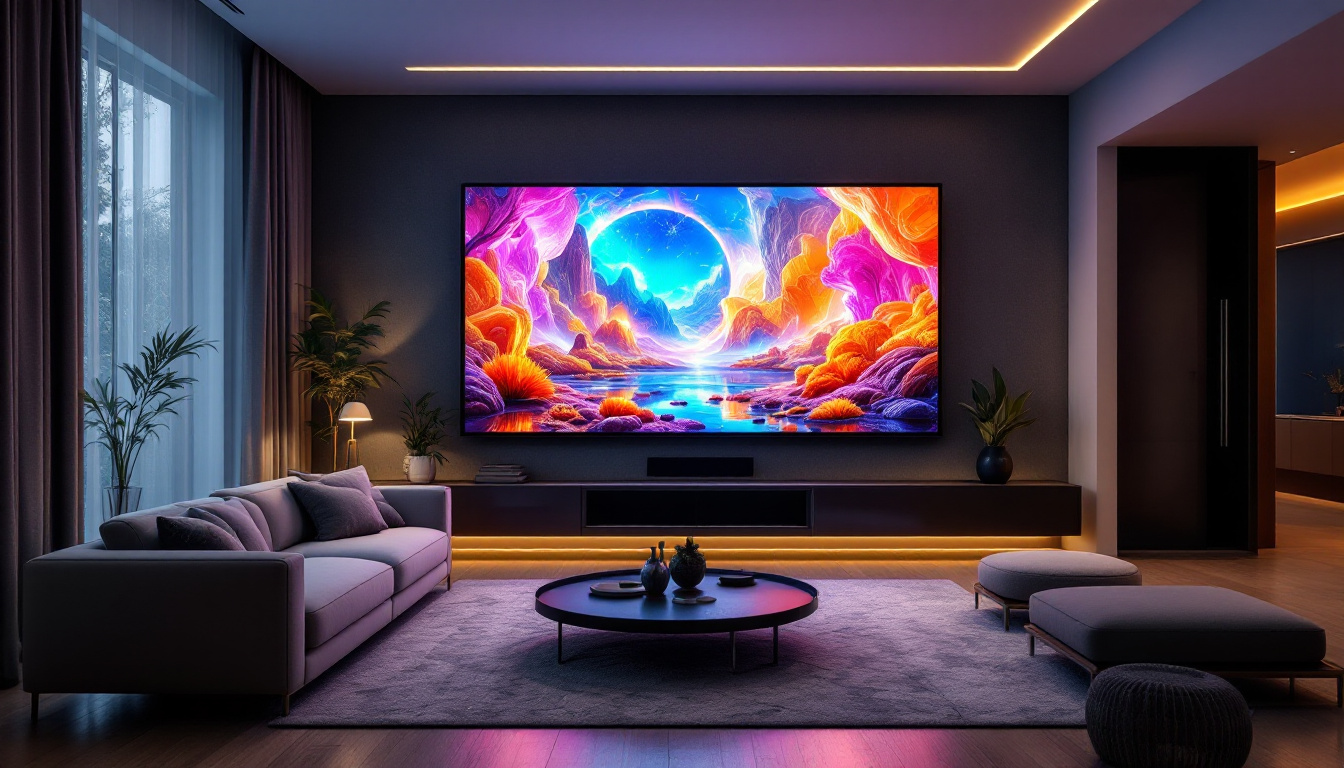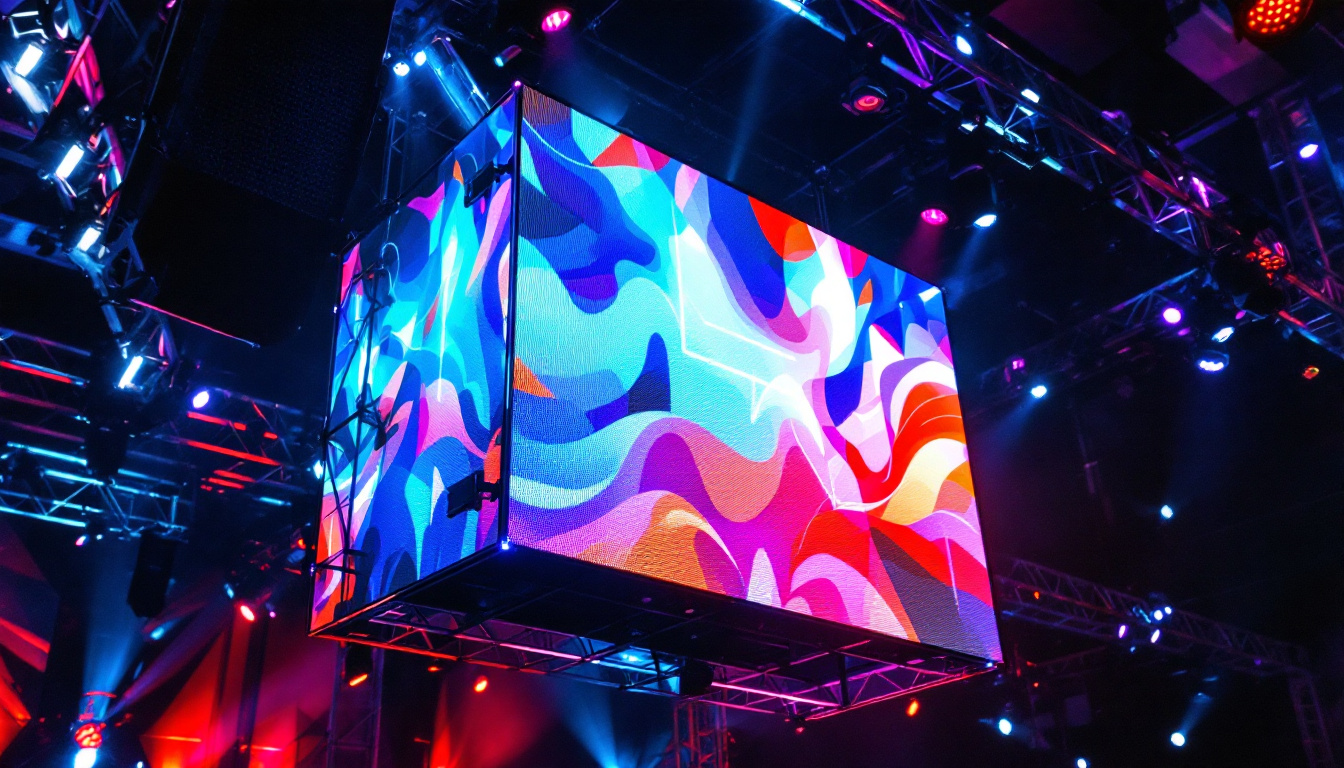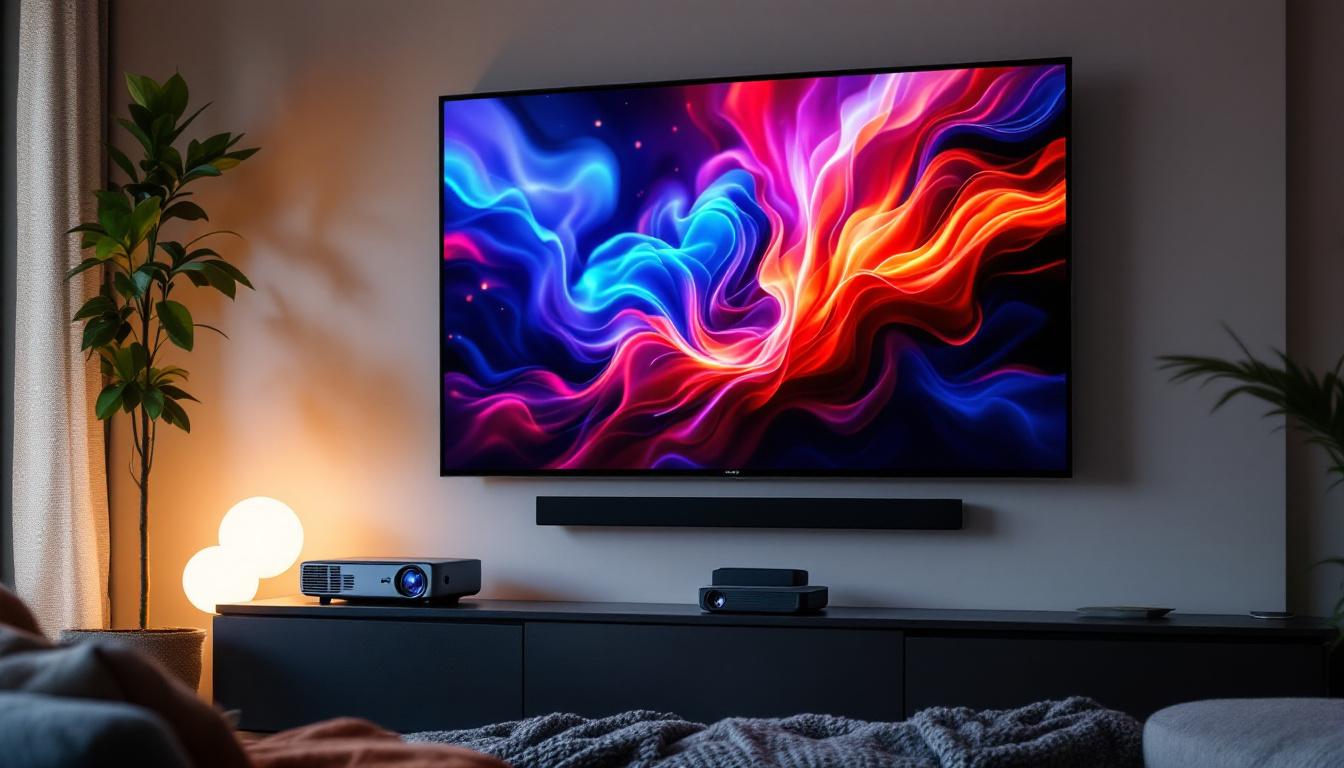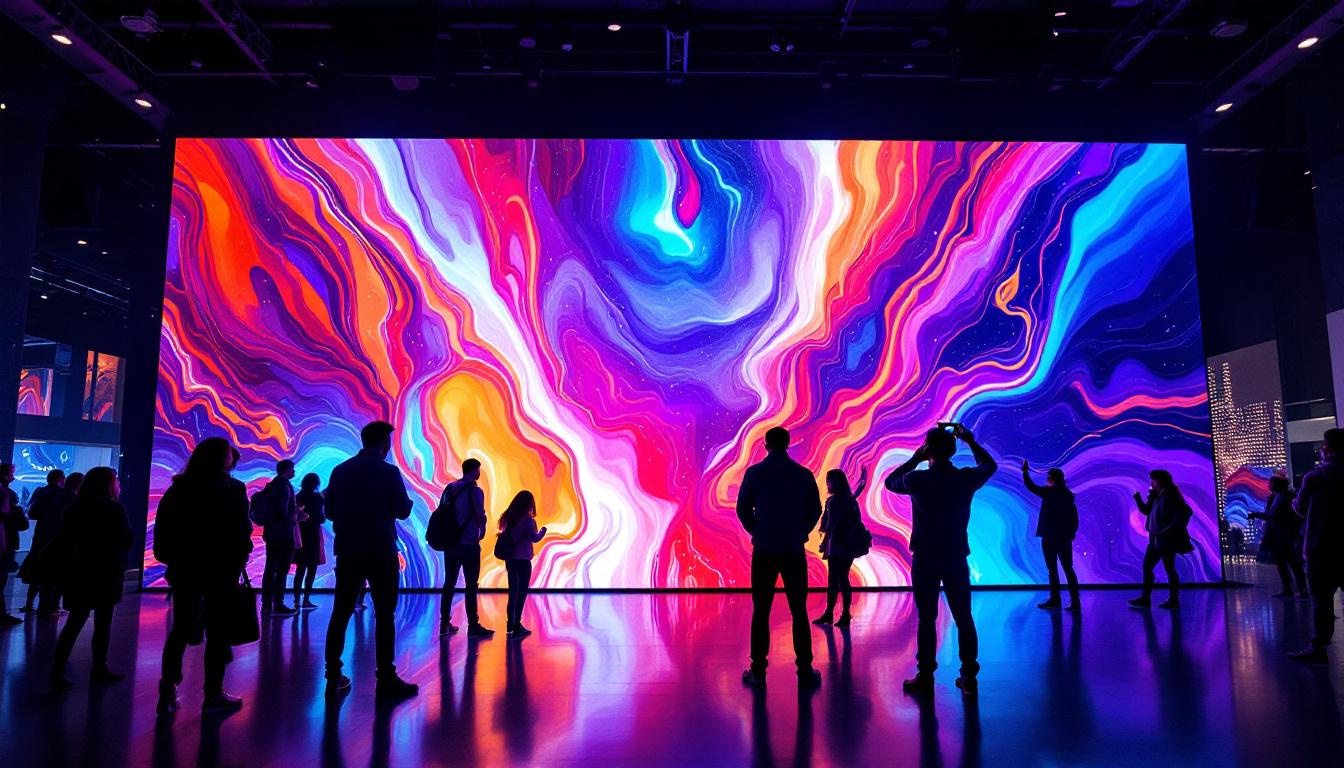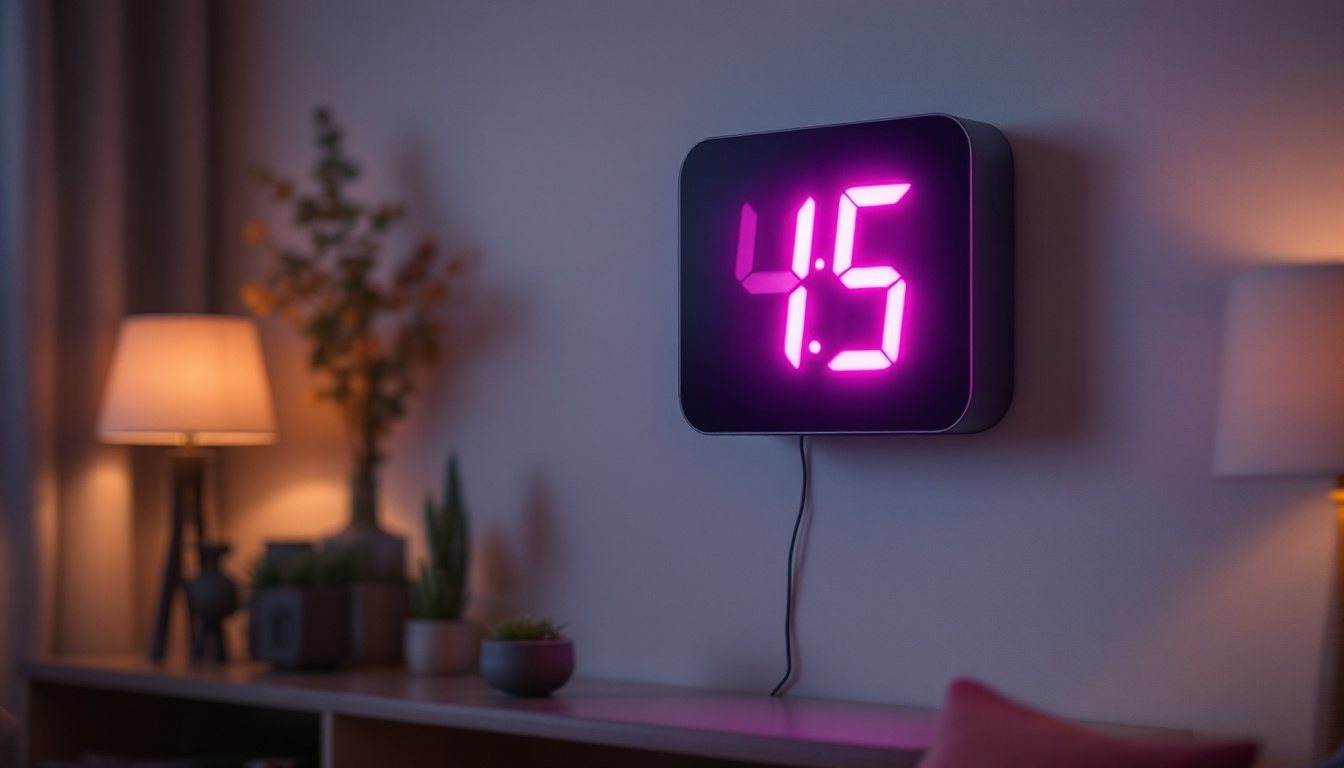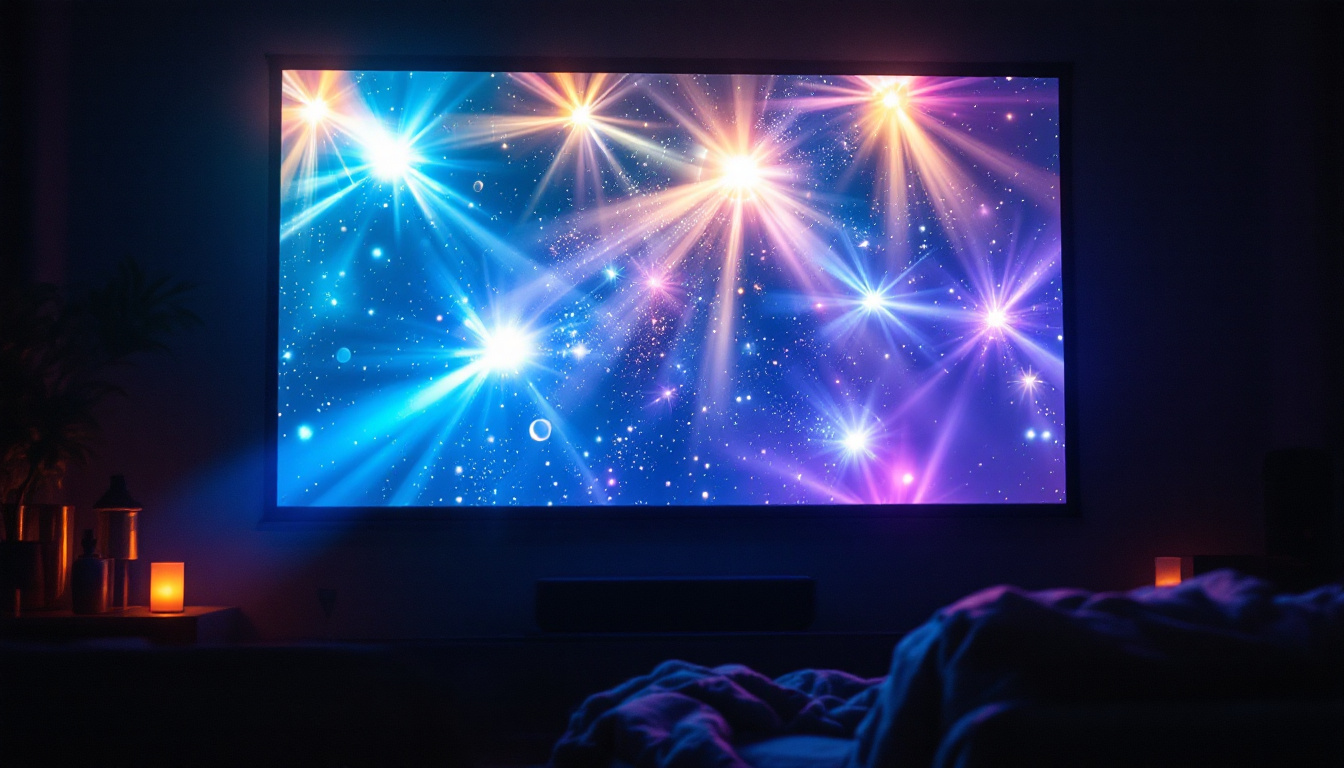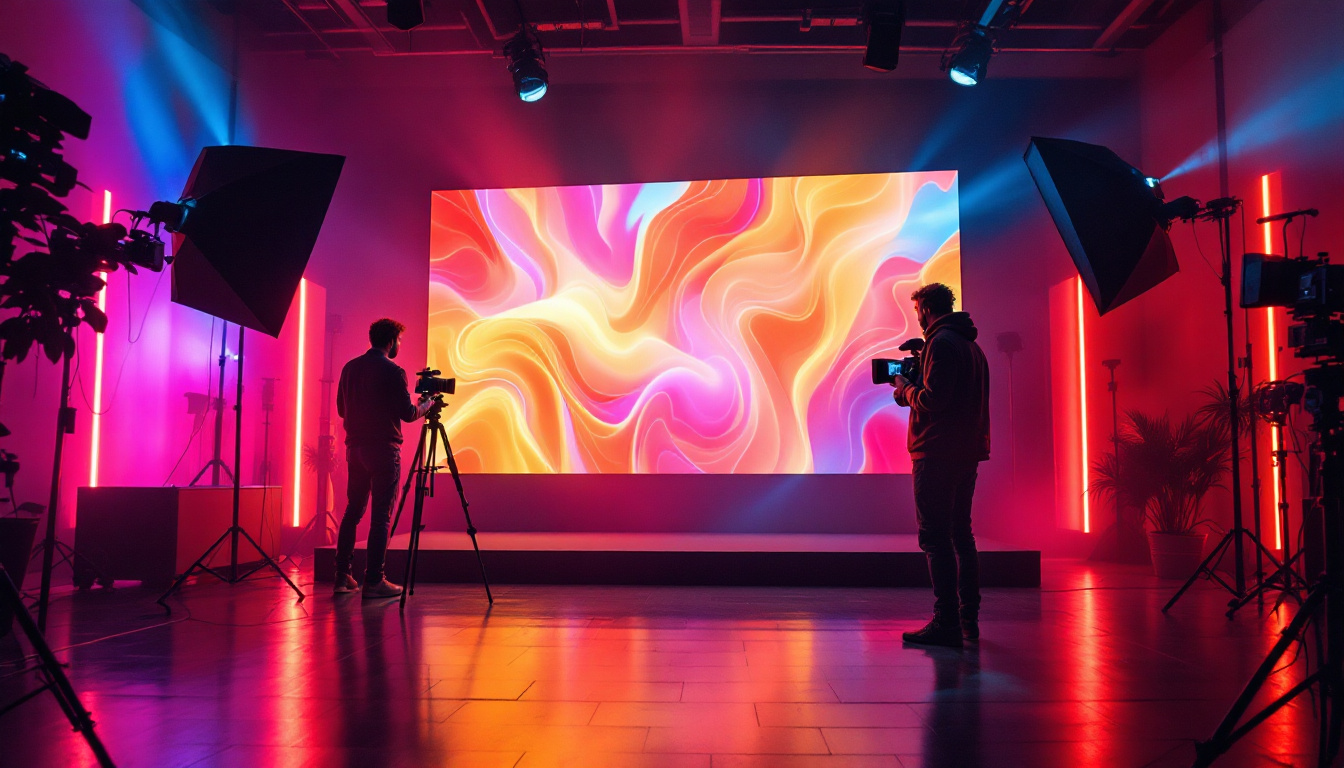In the realm of modern display technology, the terms OLED and LED often emerge in discussions about screen quality and performance. Among these, Dark OLED has garnered attention for its unique characteristics and advantages. This article delves into the intricacies of Dark OLED displays, exploring how they function, their benefits, and their applications in various devices.
Understanding OLED Technology
Organic Light Emitting Diodes (OLED) represent a significant advancement in display technology. Unlike traditional LED displays that rely on backlighting, OLED panels produce their own light. This fundamental difference leads to several advantages in terms of color accuracy, contrast, and energy efficiency.
The Basics of OLED
At its core, OLED technology utilizes organic compounds that emit light when an electric current is applied. Each pixel in an OLED display consists of these organic materials, allowing for individual pixel illumination. This means that when a pixel is turned off, it does not emit any light, resulting in true blacks and an impressive contrast ratio.
This capability is particularly noticeable in darker scenes, where the absence of light from inactive pixels enhances the overall viewing experience. The result is vibrant colors and deep blacks that traditional LED displays struggle to match. Additionally, OLED displays can achieve a wider color gamut, making them ideal for professionals in photography and graphic design who require precise color representation. This technology not only enhances the aesthetic appeal of images but also allows for a more immersive experience in gaming and cinematic viewing.
How Dark OLED Differs
Dark OLED refers specifically to the performance characteristics of OLED displays when displaying darker images or scenes. While standard OLED technology already excels in this regard, Dark OLED takes it a step further. By optimizing the display settings and enhancing the contrast ratio, Dark OLED can achieve even richer blacks and more defined shadows.
This technology is particularly beneficial for media consumption, such as watching movies or playing video games, where dark scenes are prevalent. The enhanced performance not only improves visual quality but also reduces eye strain during extended viewing sessions. Furthermore, the energy efficiency of Dark OLED technology means that these displays can maintain high performance without significantly increasing power consumption, making them an environmentally friendly choice. As manufacturers continue to innovate, we can expect even more advancements in OLED technology, leading to displays that are not only visually stunning but also sustainable.
Advantages of Dark OLED Displays
The advantages of Dark OLED displays extend beyond mere aesthetics. They offer a range of benefits that can enhance user experience and device performance.
Superior Contrast Ratios
One of the standout features of Dark OLED displays is their superior contrast ratios. By achieving true blacks, these displays can showcase a broader range of colors and details in both bright and dark areas of an image. This capability is crucial for photographers, graphic designers, and anyone who relies on accurate color representation.
The improved contrast also plays a significant role in gaming and cinematic experiences. Dark scenes become more immersive, allowing viewers to appreciate subtle details that might be lost on lesser displays. For instance, in a horror movie, the shadows can evoke a sense of tension and suspense, while in video games, the depth of field can enhance the player’s ability to navigate complex environments. This level of detail not only enriches the visual experience but also contributes to a more engaging narrative.
Energy Efficiency
Another notable advantage of Dark OLED technology is its energy efficiency. Since OLED panels do not require a backlight, they consume less power when displaying darker images. This efficiency can lead to longer battery life in portable devices, such as smartphones and laptops, making Dark OLED a practical choice for users who prioritize longevity.
Moreover, the reduced power consumption contributes to a lower environmental impact, aligning with the growing demand for sustainable technology solutions. As consumers become increasingly aware of their carbon footprint, the appeal of energy-efficient devices grows. Additionally, manufacturers are exploring ways to further enhance the energy-saving capabilities of OLED technology, potentially leading to even more eco-friendly options in the future.
Thin and Flexible Designs
Dark OLED displays can be manufactured to be incredibly thin and even flexible. This opens up new possibilities for innovative device designs, including curved screens and foldable smartphones. The versatility of OLED technology allows manufacturers to create sleek, modern devices that appeal to consumers seeking both aesthetics and functionality.
As technology continues to evolve, the potential for Dark OLED displays to push the boundaries of design is limitless. For example, we may soon see applications in wearable technology, where the flexibility of OLED can lead to displays that seamlessly integrate into clothing or accessories. This could revolutionize how we interact with technology, making it more personal and ubiquitous. Furthermore, the lightweight nature of these displays can contribute to the development of ultra-portable devices that do not compromise on performance or visual quality, ensuring that users can enjoy high-definition content wherever they go.
Applications of Dark OLED Technology
The versatility of Dark OLED technology has led to its adoption across various industries and applications. From consumer electronics to professional environments, the impact of this technology is evident.
Television and Home Entertainment
In the realm of home entertainment, Dark OLED displays have revolutionized the way viewers experience content. Major television manufacturers have embraced this technology, offering models that deliver stunning picture quality. The ability to render deep blacks and vibrant colors enhances the cinematic experience, making it feel more immersive.
Moreover, Dark OLED TVs often come equipped with advanced features such as HDR (High Dynamic Range) support, further elevating the viewing experience. As streaming services continue to produce high-quality content, the demand for Dark OLED televisions is expected to grow. This trend is also reflected in the increasing popularity of 4K and even 8K resolution displays, where the enhanced pixel density allows for an even more detailed and lifelike viewing experience. With the rise of home theaters and the desire for a cinema-like atmosphere, Dark OLED technology is becoming a staple in modern living rooms, transforming how families and friends gather to enjoy films, sports, and gaming together.
Smartphones and Mobile Devices
Smartphones have also benefited from the integration of Dark OLED technology. Leading smartphone manufacturers have adopted OLED displays to enhance their devices’ visual appeal. The vibrant colors and deep blacks not only improve aesthetics but also contribute to battery efficiency, a crucial factor for users on the go.
As mobile gaming and multimedia consumption become increasingly popular, the demand for high-quality displays will continue to rise. Dark OLED technology positions itself as a frontrunner in meeting these demands. Additionally, the flexibility of OLED panels allows for innovative designs, such as curved screens and foldable devices, which are becoming more prevalent in the market. This adaptability not only enhances user experience but also opens up new possibilities for app developers and content creators, who can leverage the unique display characteristics to create more engaging and visually stunning applications.
Professional and Creative Applications
For professionals in fields such as graphic design, photography, and video editing, accurate color representation is paramount. Dark OLED displays provide the necessary fidelity to ensure that colors are rendered accurately, allowing creatives to produce work that aligns with their vision.
The ability to view images and videos in their true form can significantly impact the quality of work produced. As a result, many professionals are turning to Dark OLED monitors for their editing and design needs. Furthermore, the high contrast ratios and fast response times of Dark OLED technology make it ideal for dynamic content creation, such as animation and video production. This technology not only enhances the workflow of creatives but also allows for real-time collaboration, as teams can view and discuss projects with confidence in the color accuracy and visual integrity of their work. As the demand for high-quality visual content continues to rise, the role of Dark OLED displays in professional settings is likely to expand even further, solidifying their status as an essential tool for creatives across various industries.
The Future of Dark OLED Displays
As technology continues to advance, the future of Dark OLED displays appears promising. Innovations in manufacturing processes and materials are likely to enhance the performance and affordability of these displays.
Potential Developments
Research into new organic materials may lead to even more efficient and vibrant displays. Additionally, advancements in manufacturing techniques could lower production costs, making Dark OLED technology accessible to a broader audience.
Furthermore, the integration of artificial intelligence in display technology may enhance the viewing experience by optimizing settings based on content type and ambient lighting conditions.
Challenges Ahead
Despite the many advantages of Dark OLED technology, challenges remain. Issues such as burn-in, where static images can leave a permanent mark on the screen, continue to be a concern for manufacturers and consumers alike. Ongoing research aims to mitigate these issues, ensuring that Dark OLED displays can maintain their quality over time.
Additionally, competition from emerging display technologies, such as MicroLED and MiniLED, may pose challenges for the OLED market. However, the unique benefits offered by Dark OLED technology position it well to remain a leading choice for consumers.
Conclusion
Dark OLED displays represent a significant leap forward in display technology, offering unparalleled contrast, energy efficiency, and design flexibility. As applications for this technology continue to expand across various industries, it is clear that Dark OLED is not just a passing trend but a transformative force in how we experience visual content.
With ongoing advancements and a commitment to addressing existing challenges, the future of Dark OLED technology looks bright. Whether in the realm of home entertainment, mobile devices, or professional applications, Dark OLED is set to enhance the way we interact with screens for years to come.
Discover the Future of Visual Experience with LumenMatrix
Ready to elevate your visual content to the next level? LumenMatrix is at the forefront of LED display innovation, offering a wide range of solutions that bring your brand to life. From captivating Indoor LED Wall Displays to dynamic Outdoor LED Wall Displays, and from versatile Vehicle LED Displays to engaging LED Sports Displays, our technology is designed to create unforgettable visual experiences. Embrace the transformative power of Dark OLED with our Custom LED Displays and All-in-One LED solutions. Don’t just take our word for it; check out LumenMatrix LED Display Solutions today and see how we can help you make a lasting impression.

